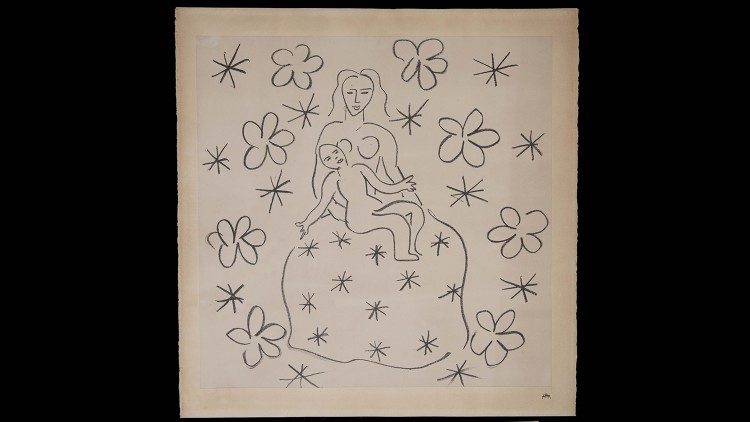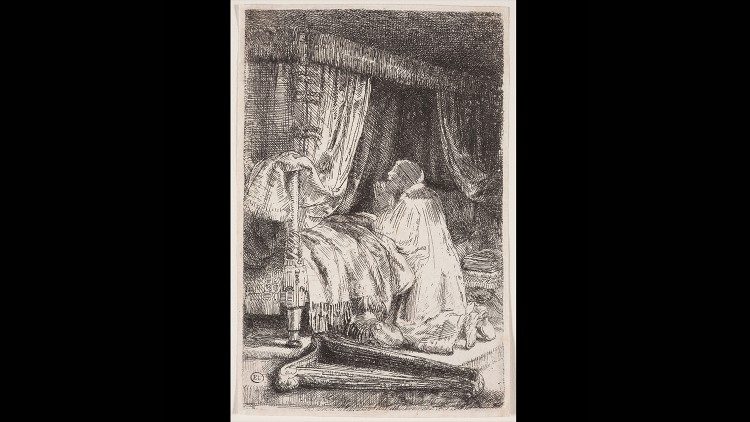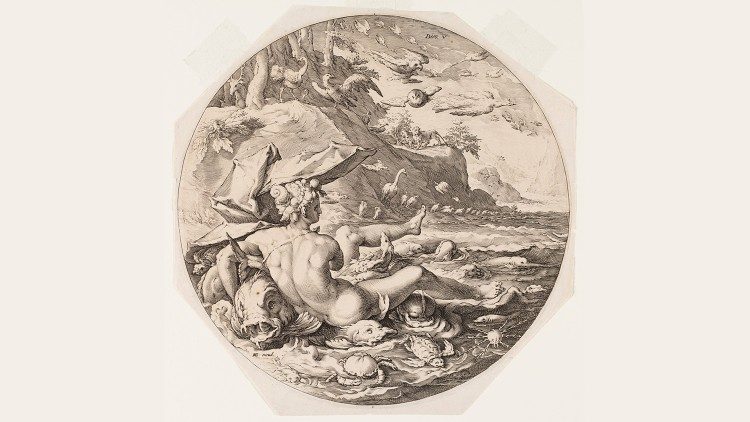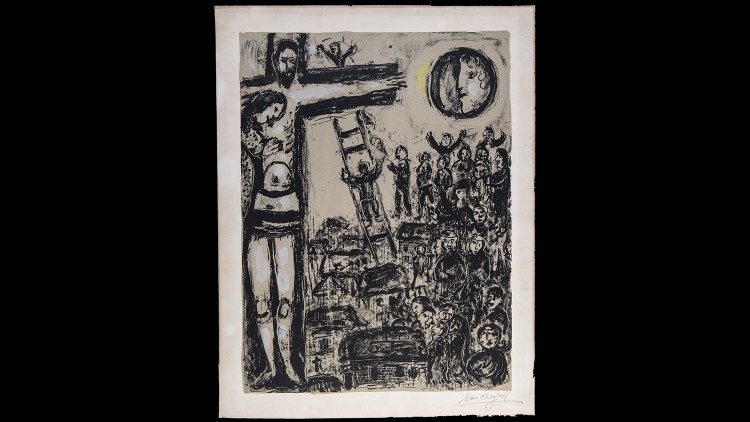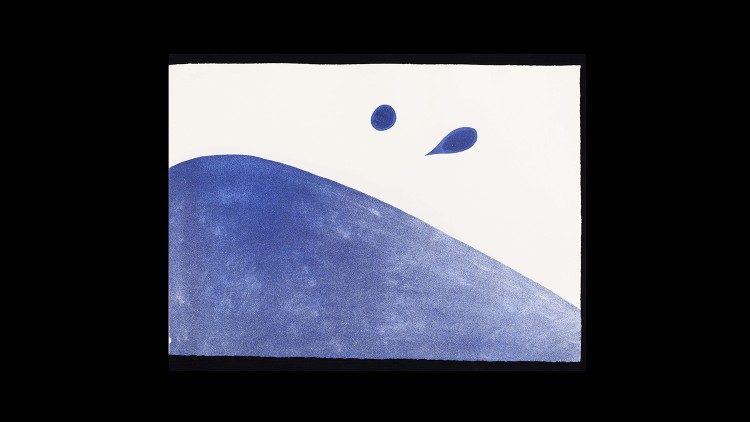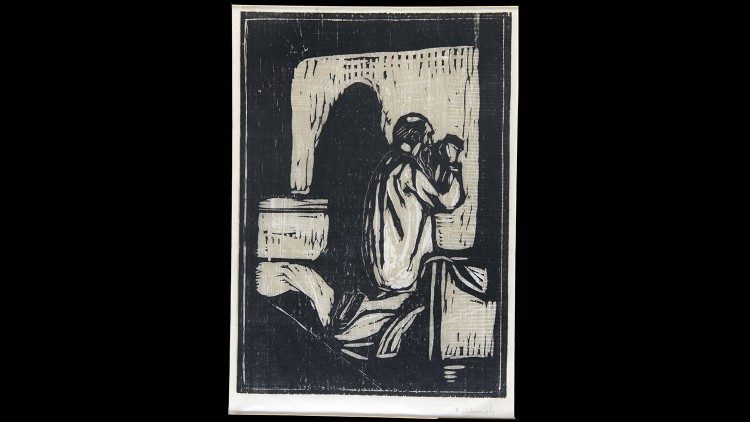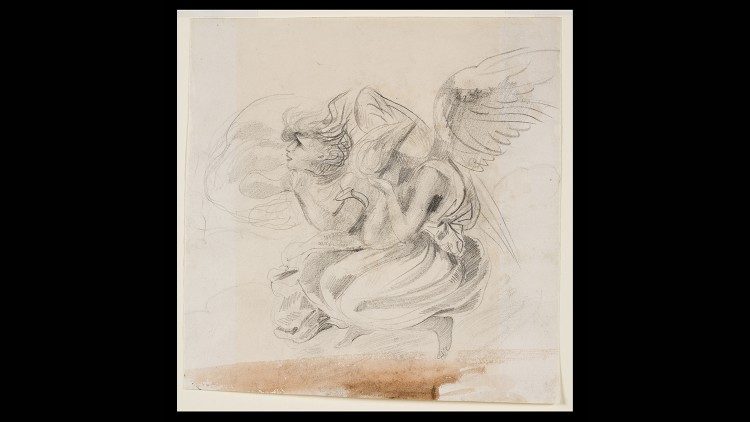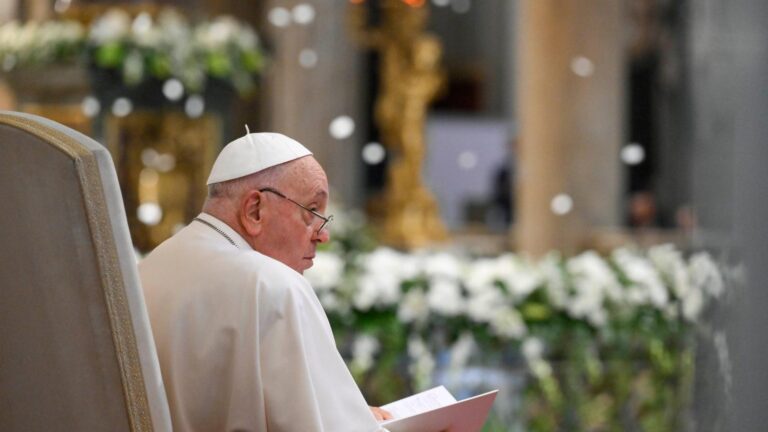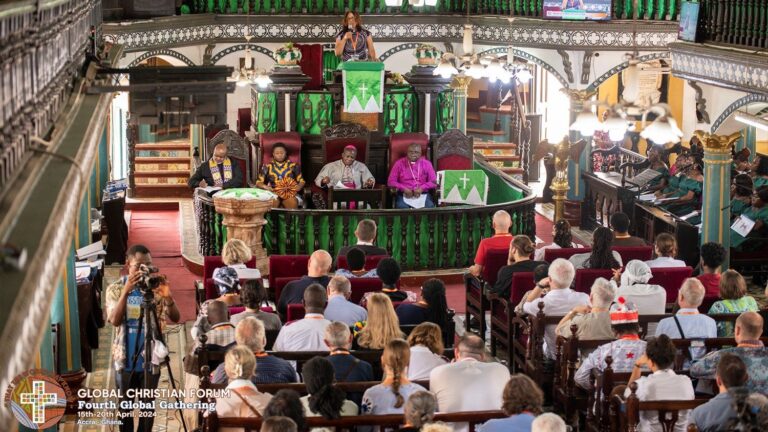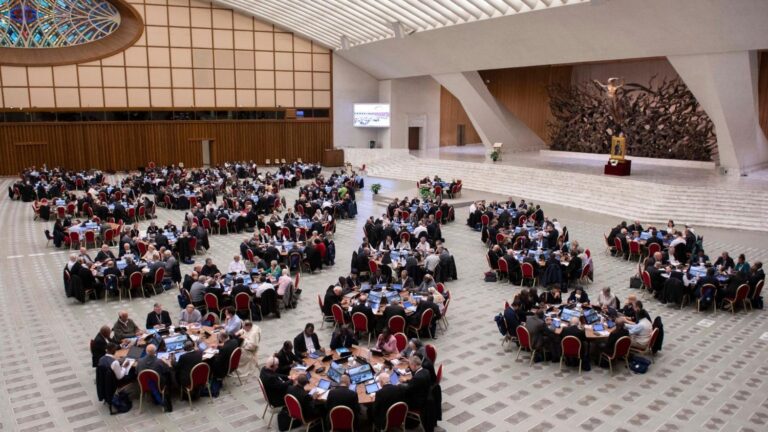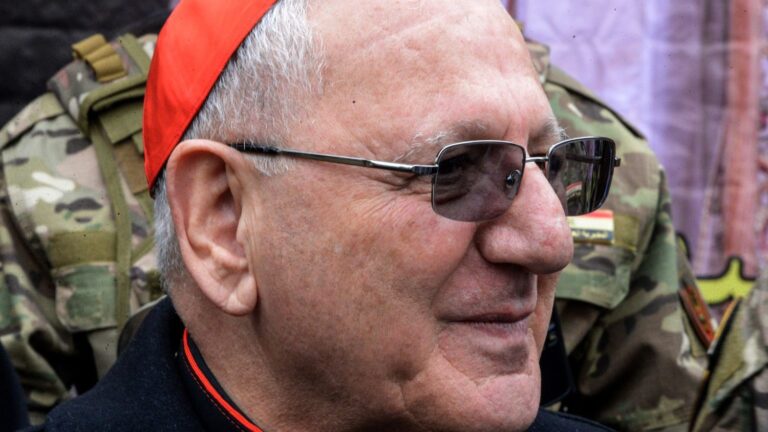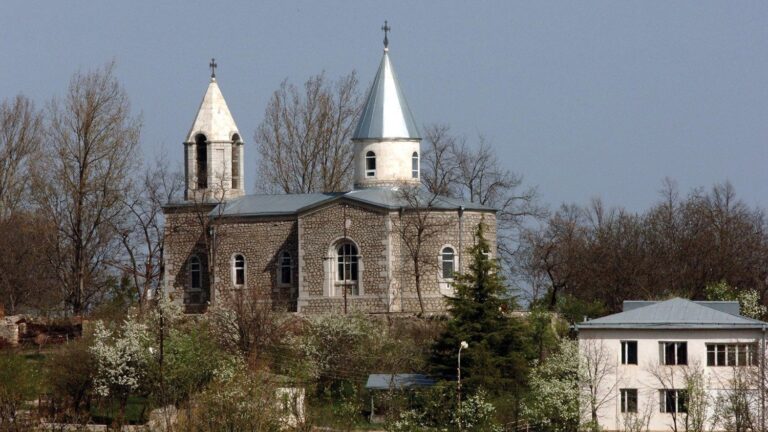Vatican Museums’ Graphic Arts on display in Minneapolis in the sign of encounter
Thrivent Art Gallery in Minneapolis, Minnesota, opens the exhibition “The Art That Unites: A Dialogue Between the Centuries of the Vatican Museums and the Thrivent Art Collection.” The exhibition, in collaboration with the Vatican Museums, presents some of the most significant contemporary graphic masterpieces from the papal collections, on display for the first time in the United States.
By Paolo Ondarza
A rare opportunity to admire 20th century works on paper from the Vatican Museums alongside the masterpieces of the past that inspired them. This exceptional exhibition is hosted at the Thrivent Art Gallery in downtown Minneapolis: 27 works from the Vatican Museums Collection of Modern and Contemporary Art and 29 from the Thrivent Art Collection.
Dialogue, Meeting, Discovery
Dialogue, encounter and discovery are the specific features of an exhibition which opens to the public from April 22 to June 25. Joanna Reiling Lindell, director of the Thrivent Collection of Religious Art and Corporate Art Collection, and curator alongside Francesca Boschetti, deputy curator of the Vatican Museums' Collection of Modern and Contemporary Art, calls it a “historic exhibition.”
“The dialogue between the works of the two collections”, underlines Barbara Jatta, “is an opportunity of great enrichment which confirms the importance of being open to exchange with other institutions and of creating a fruitful dialogue between our collection and others.”
According to Micol Forti, curator of the Collection of Modern and Contemporary Art at the Vatican Museums, the exhibition is “an excellent opportunity to understand how sacred subjects have been a fundamental model throughout the centuries.”
Eight sections
Eight sections make up the exhibition: The Creation of the World, The Old Testament, The Virgin and Child, The Life of Jesus, Peace and the Angels, The Apocalypse, The City and Prayer.
Graphic art, tradition and renewal
Inaugurated by Pope Paul VI in 1973, the Vatican Museums' collection of modern and contemporary art now includes more than 9,500 works of art, including 4,000 on paper: drawings and engravings by masters such as Joan Miró, Henri Matisse, Marc Chagall, Edvard Munch. Exhibited works from the Thrivent Collection include works by Pablo Picasso, Albrecht Dürer, Rembrandt van Rijn and Elizabeth Catlett.
“Usually considered a field of specialists, graphic art is in reality a privileged observatory for understanding the often unusual paths chosen by artists in search of new expressive modalities, new forms, new symbols,” explains Francesca Boschetti:
“This exhibition – she continues – is born from a meeting. The meeting between works of graphic art – drawings, engravings, prints – coming from two different collections. Also, a meeting between artists who, as the title says indicates, worked and lived in different places. The exhibitions span from the 15th to the 21st century. It is also a meeting between different visions of the “sacred”. The works that Joanna Reiling Lindell and I have selected contain similar themes. , they tell the way artists from different eras look at the past and draw inspiration from tradition to renew it, go beyond it and offer new visions, new symbols.
This exhibition is an invitation to “discovery”. For what?
Because the works on paper exhibited, for conservation reasons, are generally kept in the dark, in the shade of warehouses. These are fragile works, they require special treatment and this exhibition therefore offers to discover them. This can only happen for very short periods of time, in order to also preserve them for the future. “Discovery” also because graphic art is a field considered for specialists, but in reality, it reserves many surprises for those who approach it. It is a space which, especially since the beginning of the 20th century, has been used by artists as a kind of laboratory, an ideal place to experiment with new things and graphic techniques. To name only the most important: wood engraving, etching, aquatint and, moving closer in time, lithography, linocut. These are all techniques that require a lot of work on the part of the artists and an in-depth knowledge of materials and chemistry, but which offer a truly infinite field of possibilities.
Contemporary artists continue to learn ancient techniques and reuse them to bring to life new linguistic, stylistic and expressive possibilities. “Discovery” because the public will have the opportunity to see with their own eyes that tradition is still a well from which to draw ideas that can be transformed into new proposals. Contemporary artists draw from this well and from artists of the past. The comparison and dialogue established between the exhibited works confirm this constant vitality.
The Bible as a reference and inspiration unites past and contemporary artists…
Contemporary artists, even from the Renaissance and the 17th century, turn to the Holy Scriptures. The Holy Scriptures are indeed the beating heart of this exhibition. To support the visitor, we thought of structuring it like a route, divided into sections, which opens onto the city. A few precious papers allow us to enter large places: first of all, Saint Peter's Square. The sacred buildings dominate the spatiality of the place. A magnificent print by Piranesi is flanked by two works by Paul Klee and Lyonel Feininger. Then, you evolve in spaces where prayer is central. We find two absolute masterpieces: an engraving by Rembrandt, next to which a woodcut by Munch shows how the artist took inspiration from his predecessor, changing the atmosphere and preserving the heart of what was the moment of contemplation and meditation of the subject represented. And right next to prayer, finally comes interpretation, the always varied and different variation of the Holy Scriptures, starting from Genesis, since the creation of the world. Here we see works by Miró, the Frenchman Dulac and the Dutchman Muller side by side. And then we continue with the Holy Scriptures. The Old Testament with few but beautiful images: Picasso, Otto Dix, Max Ernst's companion, Dorothea Tanning. We then enter into episodes from the life of Christ. The entire journey devoted to this long articulated and narrative history sees distant artists interacting and showing how these texts were a source of inspiration and have spanned the centuries. We then have moments of tenderness where the Virgin holds the Child Jesus in her arms, the Baptism of Christ. And then the moment of the meeting with Pilate, the Flagellation, the Crucifixion, until the Deposition and finally the Resurrection. In this section, we find artists of the caliber of Goltzius, Matisse, Dürer, Elizabeth Cutler, and also Luca di Leida, Sandra Boden, Chagall, Rouault, Dürer, Rembrandt, Marino Marini. It really is an abundance of visions and variations.
There is a section dedicated to the Apocalypse…
The comparison between two great masters. Albrecht Dürer with his four horsemen in his magnificent engraving and next to it four lithographs by Rufino Tamayo, a Mexican artist who gives a completely renewed interpretation: he shows how the example of the ancients remains a reference.
Think about what is happening in the war drama that characterizes these hours. Does the exhibition offer a message?
It is useless to emphasize how this penultimate chapter has links with what is happening in the world and with how art always has meaning, a present and attentive look at what reality suggests, at what is happening. . We wanted to conclude this trip with two beautiful works by Picasso and Braque, two doves of peace which, we hope, will bode well for the future of all.
For all images of works from the Thrivent Art Collection in Minneapolis, MN: Photo courtesy of Thrivent.”


